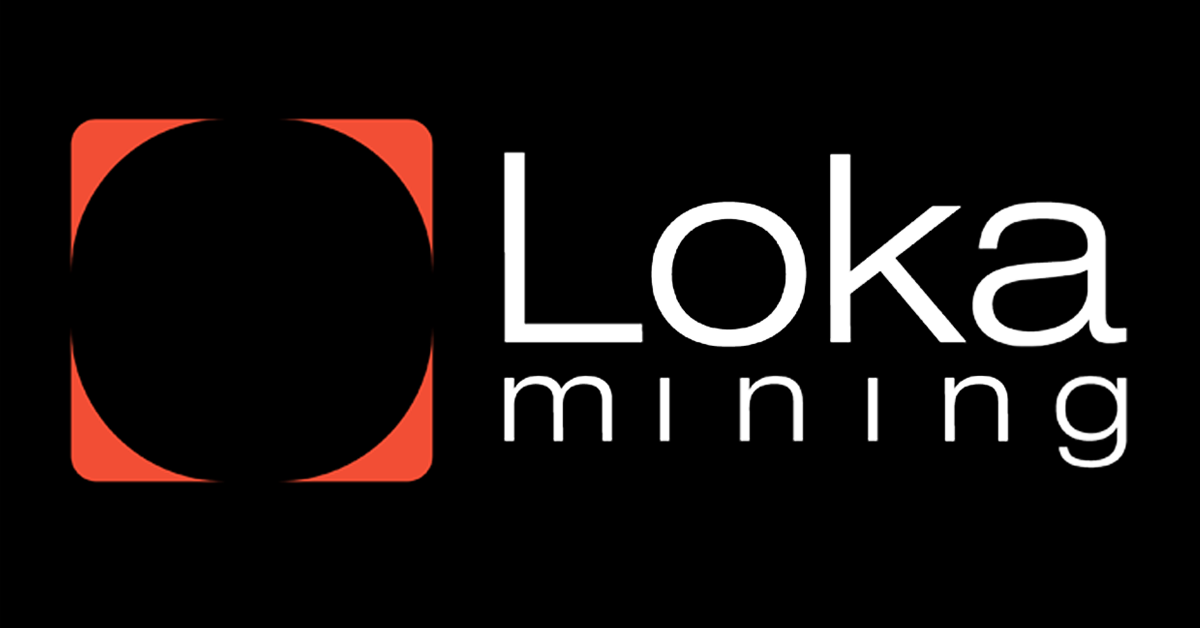Bitcoin Solo Mining: Is It Still Possible and How Much Hash Power Do You Need?

Bitcoin Solo Mining: Is It Still Possible and How Much Hash Power Do You Need?
Bitcoin mining is the backbone of the Bitcoin network, allowing transactions to be validated and new Bitcoins to be introduced into circulation. There are two primary methods of mining: solo mining and pool mining. Solo mining, where a miner attempts to find a block independently, was more common in the early days of Bitcoin. However, with the explosive growth in the network’s hash rate and mining difficulty, solo mining has become increasingly challenging. This article explores the viability of solo mining in 2024 and the minimum hash power required to have a reasonable chance of finding a block.
What Is Solo Mining?
Solo mining is the original method of Bitcoin mining, where an individual miner operates their own equipment and competes directly with others to solve cryptographic puzzles and add new blocks to the Bitcoin blockchain. If a solo miner successfully solves the puzzle, they receive the entire block reward, which currently stands at 3.125 BTC (as of 2024), along with the transaction fees included in the block.
In contrast, mining pools allow miners to combine their hash power and share rewards based on their contribution to the pool’s overall efforts. Pool mining provides a more stable, consistent income for miners but comes with pool fees and diluted rewards.
How Bitcoin Mining Works
The Bitcoin network operates based on a proof-of-work (PoW) system, where miners must solve complex mathematical problems to validate transactions and add them to the blockchain. The first miner to solve the problem earns the block reward and the associated transaction fees. This process is also known as “finding” or “mining” a block.
The Bitcoin network adjusts the mining difficulty approximately every two weeks to ensure that a new block is mined roughly every 10 minutes, regardless of the total hash power in the network. As more miners join the network and add computational power, the difficulty increases, making it harder to find a block.
Why Solo Mining Has Become Challenging
In the early days of Bitcoin, solo mining was accessible to individuals with personal computers or modest mining setups. Since Bitcoin’s network difficulty was relatively low, the chances of finding a block were much higher, even for small-scale miners. However, as Bitcoin’s popularity grew, so did the number of miners, which caused the difficulty level to increase dramatically.
In 2024, the total network hashrate has surpassed 400 exahashes per second (EH/s). With this massive competition, the chances of a solo miner finding a block have become exceedingly slim unless they operate a significant amount of hash power.
How Much Hash Power Do You Need for Solo Mining?
To calculate the chances of finding a block in solo mining, it’s essential to consider both the total network hash rate and the miner’s own hash rate.
- As of 2024, the Bitcoin network difficulty is incredibly high, with the total network hash rate averaging over 400 EH/s (exahashes per second), or 400 quintillion hashes per second.
- The typical ASIC miner (the specialized hardware used for Bitcoin mining) generates hash power measured in terahashes per second (TH/s). For example, a popular ASIC model, the Antminer S19j Pro, has a hash rate of about 110 TH/s.
With the total network hash rate in the hundreds of exahashes, a miner with 110 TH/s of hash power has an extremely low probability of finding a block on their own. On average, they might mine a block once in several hundred years due to the sheer size of the competition.
Realistic Hash Power Requirements
To have a reasonable chance of finding a block within a practical timeframe, solo miners need to operate equipment that can produce hash power on the scale of petahashes per second (PH/s). This is because:
- 1 PH/s = 1,000 TH/s, which represents a far greater computational power than typical individual ASIC miners.
- Having at least 1 PH/s gives a solo miner a very small chance of finding a block within a year, but the odds would still be low. Miners with 1 PH/s would represent only about 0.00025% of the network hash rate.
- For a more realistic shot, miners might need to deploy between 10 PH/s and 50 PH/s, which would give them better odds, although still not guaranteed to find a block frequently.
In practical terms, this means solo mining requires access to either a massive amount of mining hardware (typically hundreds of high-end ASIC miners) or immense capital investment in mining infrastructure.
Advantages and Disadvantages of Solo Mining
Advantages:
- Full Block Reward: If a solo miner successfully finds a block, they receive the entire block reward of 3.125 BTC plus transaction fees, without needing to share it with others or pay pool fees.
- Independence: Solo miners don’t rely on a third-party mining pool or have to deal with pool fees or centralized pool operators.
- Privacy: Solo mining offers more privacy since miners aren’t sharing their hash rate data or mining activities with a pool.
Disadvantages:
- Low Probability of Success: With a small hash rate, the chances of successfully mining a block are minuscule, potentially leading to long periods with no reward.
- High Hardware and Electricity Costs: Solo mining requires a significant investment in ASIC miners and electricity to run them. If no block is found, these costs can outweigh potential rewards.
- Network Difficulty: As the network difficulty continues to rise, the threshold for a profitable solo mining operation increases, making it harder for small miners to compete.
Is Solo Mining Still Worth It?
For most individual miners, solo mining is no longer a viable or profitable strategy due to the extremely high network difficulty and hash rate. Only miners with access to significant resources and computational power—on the scale of petahashes per second—can realistically consider solo mining as a potential strategy. Even then, the risks are high since there is no guaranteed income until a block is found.
In contrast, mining pools offer a more stable and predictable return on investment (ROI), even though the block reward is shared among participants. For most miners, joining a mining pool is a safer and more profitable option than solo mining.
Conclusion: How Much Hash Power Do You Need for Solo Mining?
In 2024, Bitcoin solo mining requires an enormous amount of hash power to be viable. To have a reasonable chance of mining a block within a year, miners need at least 1 PH/s, though even this offers slim odds. Serious solo miners often operate between 10 to 50 PH/s to have a better shot at success, but such setups are out of reach for most individuals due to the high cost of equipment and electricity.
For most miners, pool mining is the more practical approach, offering steady, albeit smaller, rewards. Solo mining may still appeal to those with substantial resources and a high-risk appetite, but it has become largely impractical for smaller operations.
This article presented by Loka Mining.
Loka is revolutionizing the Bitcoin mining ecosystem by directly connecting investors with Bitcoin miners through a decentralized mining pool and an upcoming permissionless forward hashrate marketplace protocol.
Loka enables investors to get Bitcoin at lower than market price without centralized & counter-party risks, and Bitcoin miners to access capital efficient financing and hedge their risk exposure by selling their future mining rewards.
Find out more about loka in https://lokamining.com — or access our mining pool aggregator on https://pool.lokamining.com





